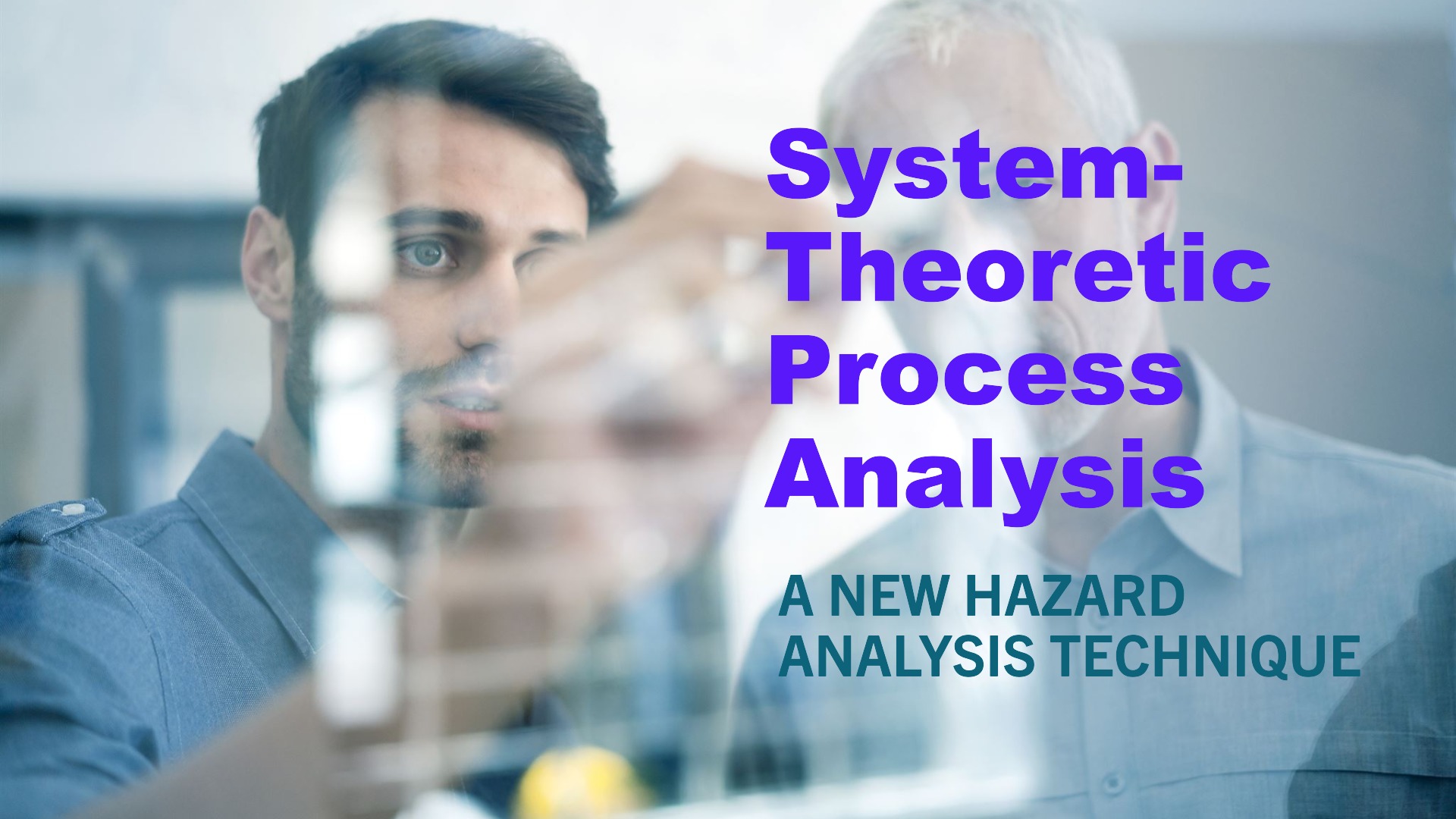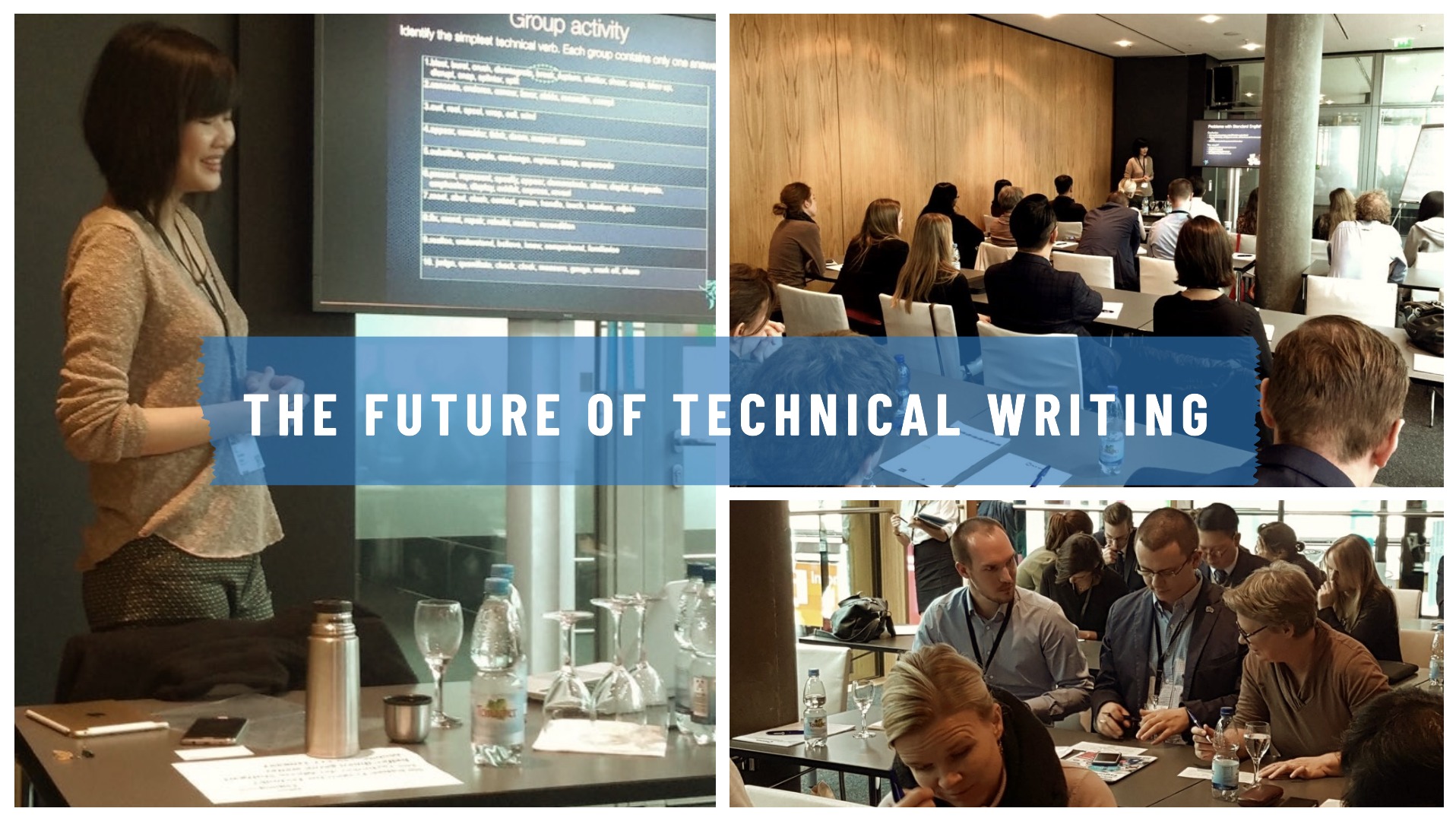In an era of rapid technological advancement, the role of clear and accurate technical communication remains paramount. While artificial intelligence (AI) and the allure of complex, sophisticated technology may offer seemingly efficient solutions, they often overlook the fundamental importance of human expertise. ASD-STE100, or Simplified Technical English, is not merely a tool; it’s a skillset that empowers the human writer – the technical communicator, engineer, or developer who possesses the crucial subject-matter knowledge.
Beyond Automation: The Value of Human Expertise
AI, despite its capabilities, cannot replicate the nuanced understanding and critical thinking that human writers bring to technical documentation. While AI can generate text, it lacks the contextual awareness and ability to make informed judgements about the accuracy and suitability of information. Complex language, conversely, creates barriers to understanding, hindering effective communication.
-
Reduced Misinterpretation: By eliminating ambiguity and promoting clarity, ASD-STE100 minimises the risk of misinterpretations of STPA findings. This reduced risk of misinterpretation leads to more accurate and effective risk assessments and subsequent risk mitigation strategies.
Simplified Technical English, instead, provides a structured framework that enhances the human writer’s abilities. It’s a skillset that equips writers with:
- A Controlled Vocabulary: Limiting word choices to reduce ambiguity while allowing the writer to select the most precise term.
- Clear Grammatical Rules: Promoting consistent and easily understood sentence structures.
- A Focus on Clarity and Precision: Ensuring that information is conveyed accurately and efficiently, without sacrificing the writer’s voice.
How This Skillset Empowers:
- Ownership and Control: Writers retain full control over their content, ensuring accuracy and reflecting their expertise.
- Enhanced Clarity: Simplified Technical English facilitates the creation of documents that are accessible to diverse audiences, including non-native English speakers.
- Improved Efficiency: Clear writing reduces revisions and clarifies, streamlining the documentation process.
- Preservation of Expertise: ASD-STE100 allows organisations to capture and retain the valuable knowledge of their human experts through a consistent method.
The Human Writer at the Forefront:
The essence of Simplified Technical English is not about replacing human writers with automated systems, but rather about providing them with the skillset necessary to excel. It recognises that human expertise is irreplaceable, especially when it comes to complex technical information. By empowering the human writer with this skillset, organisations ensure that technical documentation is not only accurate and clear but also reflects the knowledge and insights of the individuals who created it.
In conclusion, ASD-STE100, as a core skillset, is a testament to the enduring importance of human expertise in technical communication. It empowers writers to create clear, concise, and accurate documentation, ultimately fostering better understanding and more effective communication.



















